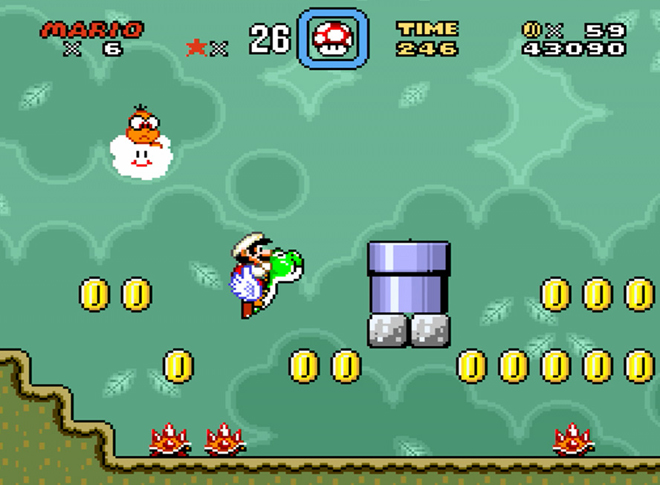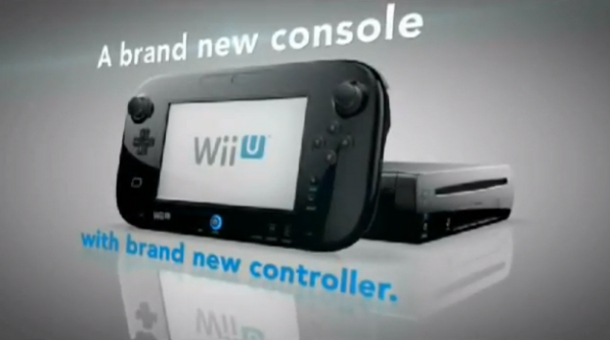The day we first heard about Mario going mobile at Apple’s iPhone 7 event back in September, Nintendo (by way of Mario’s creator Shigeru Miyamoto) demonstrated how easy and intuitive Super Mario Run would be to pick up and play. The way it chose to convey this message was by touting the fact that the game easily could, and maybe even should, be played with one hand. It seemed like a smart, basic idea to entice the wider mobile audience. But a few months later, after hearing the same unidextrous message repeated many, many more times, I’m starting to think that this is more than a simple retail pitch.
One of my biggest concerns as a Nintendo fan right now is that success in the mobile market could dramatically shift Nintendo’s overall focus. Despite assurances from both the late Satoru Iwata and president Tatsumi Kimishima that its primary focus would always be on dedicated hardware, the poor performance of Wii U and the promise of an exponentially larger audience on mobile is hard to ignore. It’s conceivable that Super Mario Run could end up being more profitable to Nintendo in the long run than the Wii U’s entire life cycle, so how can we be sure that Run doesn’t signify a frightening new era for dedicated Nintendo fans? Well, it seems to me that the answer is right there in the marketing.
Super Mario Run isn’t a Mario platformer masquerading as a mobile experience, it’s a game that was designed from the ground up with mobile in mind. In other words, it was designed with the exact same mindset that Nintendo uses when developing games for its own machines. In many ways the game seems to speak for itself; it looks instantly familiar and boasts the same broad appeal and level of polish that proper Nintendo games usually do. However, Nintendo still needed to answer some important questions through the way it presented this game to both fans and to the broader potential audience.
That’s where the brilliance of one-handed play comes in.
In the mobile space, being able to play a game with one hand is all but expected. There are very few examples of great mobile experiences that require two thumbs, it’s just the way the platform works best. So for people that haven’t played a Mario game before, or at least haven’t played one lately, Super Mario Run looks like all the Mushroom Kingdom fun without the console-priced admission and slightly more complex controls.

What does this marketing say to the diehard Nintendo fan that plays every Mario game, though? One who almost takes offense to the idea of playing a Super Mario game without a proper d-pad and buttons. Well, here’s what it says to me:
“Don’t worry, this game will never replace the Mario games that you love.”

The distinction between this new mobile presence and the console and handheld experiences that we’ve treasured over the past few decades couldn’t possibly be made clearer. Nintendo has articulated with one, simple gesture that Mario’s mobile debut is exactly what Iwata and Kimishima told us that it would be all along: A gateway to the Nintendo brand. It may be enough satiate some of Nintendo’s lapsed or casual fans, and some of us superfans may even fall in love with it along the way; but Super Mario Run’s primary objective is to point people toward Nintendo’s dedicated hardware.
This subtle bit of marketing speaks volumes to both longtime fans and people who have never played a Nintendo game before. It’s essentially the polar opposite of the way Wii U was marketed leading up to its launch in 2012. After an entire E3 press conference devoted largely to the reveal of Wii U, even experienced game journalists were left scratching their heads about exactly what this system was and who it was for. An unfortunate blunder that carried into Wii U’s naming, advertising and retail presence and ultimately doomed the console.

In contrast, the short Switch reveal trailer is another good sign for Nintendo’s current communication strategy. In a mere three minutes, Nintendo clearly outlined the concept for its new console and showed its fans exactly why they should be excited for it. Earlier this week, it did the same for a national audience when it brought the Switch out for its first public debut on The Tonight Show with Jimmy Fallon.
Hopefully this careful and thoughtful messaging is a sign of a wiser marketing team at Nintendo. One that has taken to heart Wii U’s muddled missteps and that knows how carefully it must tread with its first steps into mobile territory. With both Switch and Super Mario Run, its two most important current ventures, things seem to be on the right track.
Leave a Comment

